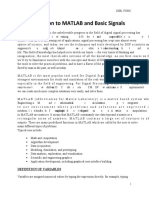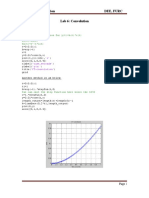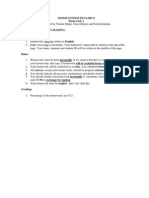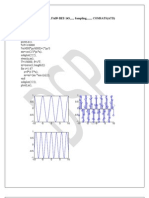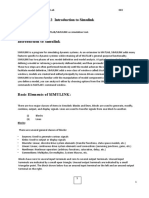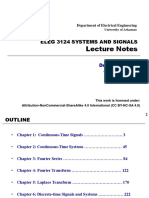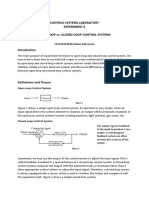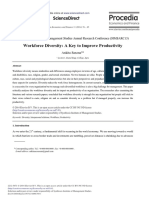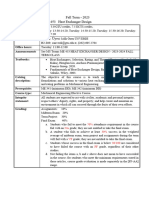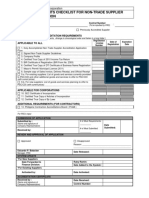0% found this document useful (0 votes)
125 views44 pagesEEE240 Signals & Systems Overview
amplitude of z (t) = x1(t) ×x2(t) = 1 ×2 = 2
3 < t < 10 amplitude of z (t) = x1(t) ×x2(t) = 0 ×2 = 0
So in summary, multiplication of two signals is point-wise multiplication of their
amplitudes.
[24]
Uploaded by
Hussein KteishCopyright
© © All Rights Reserved
We take content rights seriously. If you suspect this is your content, claim it here.
Available Formats
Download as PDF, TXT or read online on Scribd
0% found this document useful (0 votes)
125 views44 pagesEEE240 Signals & Systems Overview
amplitude of z (t) = x1(t) ×x2(t) = 1 ×2 = 2
3 < t < 10 amplitude of z (t) = x1(t) ×x2(t) = 0 ×2 = 0
So in summary, multiplication of two signals is point-wise multiplication of their
amplitudes.
[24]
Uploaded by
Hussein KteishCopyright
© © All Rights Reserved
We take content rights seriously. If you suspect this is your content, claim it here.
Available Formats
Download as PDF, TXT or read online on Scribd
/ 44



